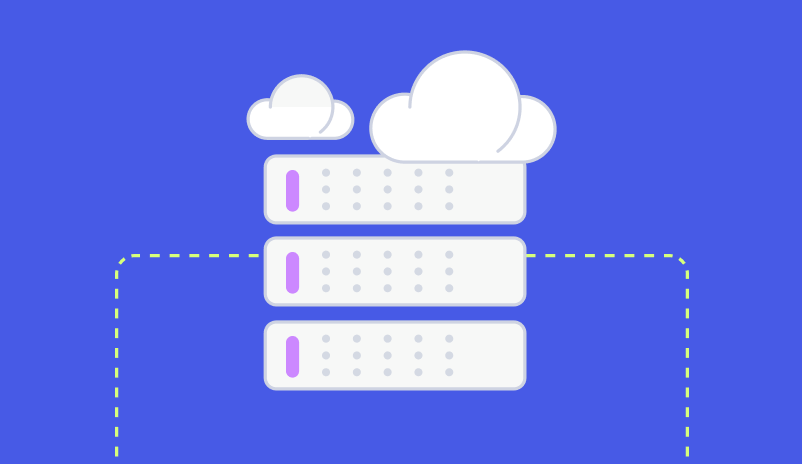Interactive Content Best Practices
If you’re struggling with making your interactive content marketing stand out, look no further than our best practices guide.
You know those marketing fails? The ones where some out of touch agency try too hard to connect with millennial and end up looking like a parody video? It’s hard sometimes for marketers to remain relevant when they’re trying to stay on the cutting edge. How can you incorporate interactive marketing into your strategy, while still remaining relevant and not looking like you’re trying too hard?
Well executed interactive marketing campaigns are more effective than traditional static campaigns. In fact, 93% of marketers reported interactive content as somewhat or very effective in educating the buying audience. Consumers are looking for campaigns that are entertaining, engaging and informative. Interactive marketing strategies take into concern providing your customers with some fun while giving them knowledge about your product or service.
In order to ensure that your interactive marketing strategy is the best it can be, follow some best practices for interactive content. These rules will ensure that your campaigns reach your target audience and offer information and an experience that is relevant to their daily life.
Use Marketing Psychology
Marketers in a variety of industries have embraced psychology as a part of their campaign building strategy. Strategies like triggering your customers’ curiosity, activating their fear of missing out, or giving them the sensation of a near miss are all proven to boost engagement, drive conversions and foster interaction. Campaigns utilizing psychological principles like curiosity can grab more attention than static marketing. In fact, curiosity helps drive potential customers from passive involvement to active engagement, and that translates into increased opens and clicks in email marketing. Before you craft your call to action or decide on your subject line, remember to keep the latest marketing psychology top of mind in order to ensure campaigns that engage!
Make it Fun!
In today’s digital world, simply informing your consumers isn’t enough… you must also keep them entertained to earn their brand loyalty! Some of the most effective campaigns of the modern era include clever calls for interaction that keep audiences hooked. Interactive content is already perfect for entertaining your customers. From games and quizzes to reveal marketing like Zembula’s “Scratch-It,” dynamic content is made with fun in mind. Gamification might just be what you’re latest campaign needs! Try wrapping your information in an interactive experience and watch the conversions grow.
Think Visually
Interactive content is the best of both marketing worlds because it provides concrete details and data like text does, while gaining the benefit that visual content holds in grabbing attention and keeping it! Visual marketing may seem pretty straightforward, but any graphic designer can tell you that more goes into each image that you’d ever imagine. In fact, 67% of marketers produce visual content because it is more engaging. Embrace some of the cornerstone habits of visual marketers to ensure your campaign elicits the reaction you desire. Think about the 1/3rd rule and include visual cues for interaction on your image that make it clear what steps you desire your consumers to take. Don’t overlook visual strategy as an important part of your campaign creation today.
Invite Participation
Too often, as marketers, we sit around in conference rooms and talk about the big picture conceptualization of campaigns without remembering their real-world implications. A campaign is only successful if it fosters meaningful interaction that provides value to the customer and drives conversions or gives you more marketing data to leverage. The only way to accomplish all these goals at once is to foster participation that invites customers to share data about themselves while gaining more information about your product or service. Without the reciprocal interaction, brand loyalty can never be created, and you won’t be encouraging evangelical customers. Remember to invite your recipients to participate with the data you’re sharing and see what kind of response you get!
Don’t Forget Personalization
Personalization and interactive content are a match made in Heaven. Too often, marketers forget to include personalization strategies in their interactive campaigns. If you would use a “first name” tag in an email marketing campaign, why wouldn’t you try to incorporate personalization into your dynamic campaigns? Personalizing your content shows your customers that you view them as an important part of your business and makes them more likely to interact with your marketing messages. In fact, 74% of customers feel frustrated when website content is not personalized. Don’t forget everything your marketing mentor taught you about personalization just because there is shiny new technology on the table. Your campaigns will thank you.
It can be hard as a marketer to stay on top of every trend in digital communication without overdoing it and having your message come off as cheesy or overworked. Follow these best practices when creating your next interactive campaign to ensure that your marketing communication stays relevant and exciting your consumers.
Want to know more about interactive content? Scratch below to read our favorite interactive content statistic!
Grow your business and total sales





